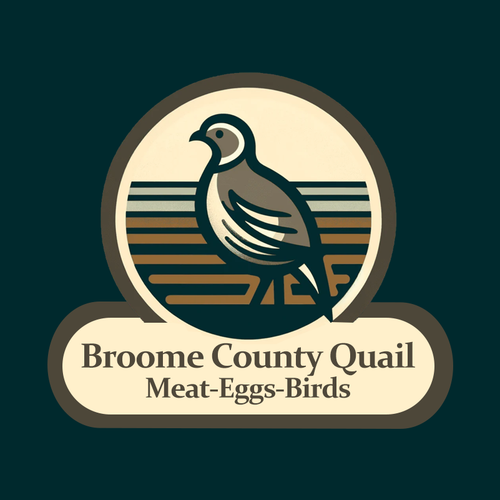Understanding and Managing Neurological Disorders in Quail
Howdy folks, Bob White here. Today, we're going to delve into a topic that's a bit more serious than our usual chit-chat: neurological disorders in birds. Specifically, we'll be focusing on our feathered friends, the Jumbo Wild Coturnix Quail.
Now, you might be wondering, "Bob, what are the signs of brain damage in birds?" Well, there are a few telltale signs that your quail might be suffering from a neurological disorder. These include a head tilt in birds, a bird's leg not moving, or a bird standing still and not moving.
Sometimes, you might even notice your bird twitching its head, especially after hitting a window. This could be a sign of a neurological disorder. But don't panic just yet. It's important to understand the causes and treatments for these disorders before jumping to conclusions.
Neurological disorders in quail can be caused by a variety of factors. One common cause is high levels of uric acid in birds. This can lead to gout, which can cause severe pain and even paralysis in severe cases.
If you suspect your quail is suffering from a neurological disorder, the first step is to isolate the bird from the rest of the flock. This will prevent any potential spread of disease and allow you to monitor the bird closely.
Now, I know this is a lot to take in. But remember, knowledge is power. The more we understand about these disorders, the better equipped we are to prevent and treat them.
If you liked this post, I’d love it if you would... share your own experiences with neurological disorders in quail. Have you ever had a bird with a head tilt or a bird that was standing still and not moving? Share your stories in the comments below. We can all learn from each other's experiences.
Links:


0 comments